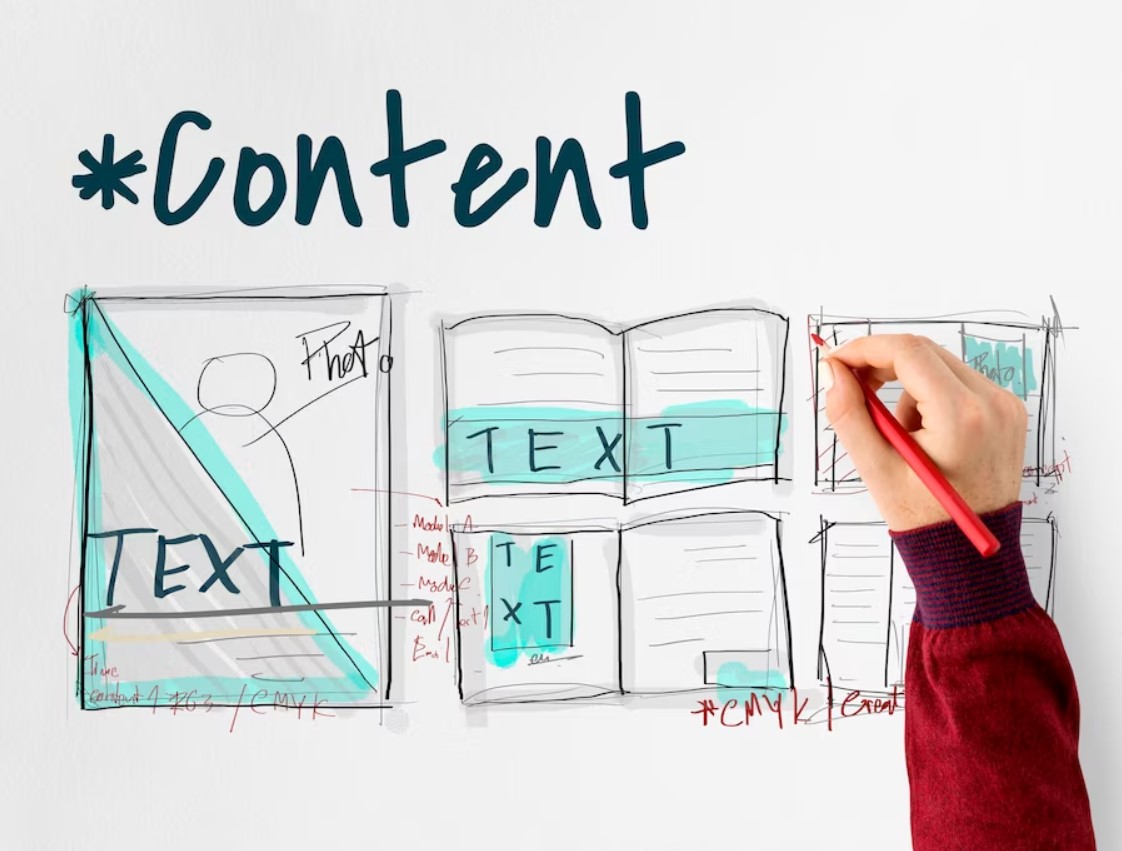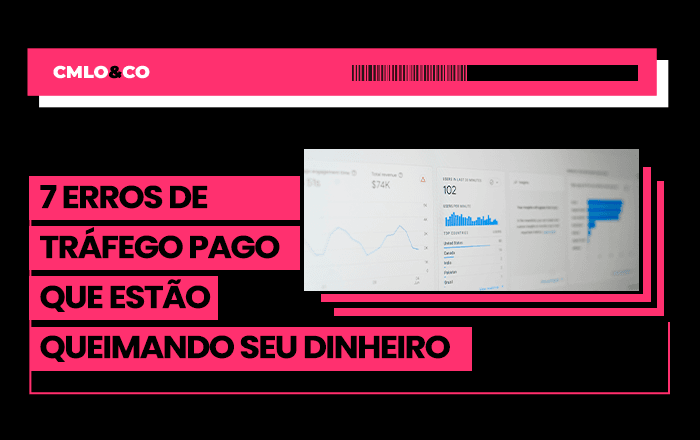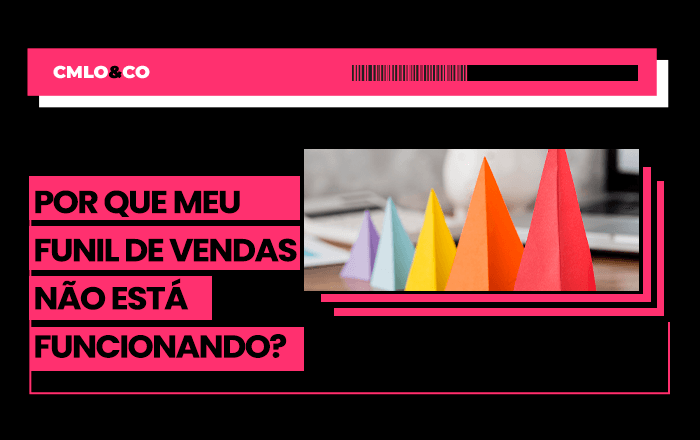Content marketing is one of the most effective strategies for attracting, engaging and converting customers on the Internet. But how to execute strategy in a planned and efficient way? How do you get good results?

In this article, we'll explain everything you need to know about the subject, from concept to execution. Follow along!
What is content marketing and what is it for?
Content marketing is a form of communication that aims to educate, inform and entertain a brand's target audience by creating and distributing relevant and valuable content.
The purpose of content marketing is to generate authority, trust and rapport with potential customers, leading them to move forward in the buying journey and make decisions that are favorable to the business. As such, the strategy can be used for a variety of purposes:
- Increase organic traffic to the brand's website or blog by optimizing it for search engines (SEO);
- Generate qualified leads, i.e. contacts who show interest in the solution offered by the brand, by offering rich materials (e-books, webinars, infographics, etc.);
- Nurturing and educating leads through content that clarifies their doubts, pains and needs at each stage of the buying journey;
- Increase sales conversion through content that shows the benefits, differentials and success stories of the brand's solution;
- Building customer loyalty and delight through content that adds value, generates satisfaction and encourages recommendations.
Advantages
Content marketing brings several advantages to brands that invest in this strategy. Here are some of them:
- According to one RD Station survey94% of companies invest in content marketing strategies.
- According to the Content Trends report, companies that adopt the strategy generate 2.6 times more visits and 3.7 times more leads than those that do not.
- Content marketing also has a positive impact on SEO (Search Engine Optimization), which is optimization for search engines such as Google. This is because by producing relevant and optimized content with the right keywords, the company increases its chances of ranking in the top positions of organic results, attracting more qualified visitors to its website or blog.
- Content marketing also helps to build a loyal and engaged audience, which consumes and shares the brand's content, generating more reach and visibility.
- It also helps to educate the market, showing the target audience the benefits and solutions that the company offers, as well as removing doubts and objections that could prevent them from buying.
- Finally, it generates a competitive edge for the company, which positions itself as a reference in its segment, generating more credibility and authority.
Best content marketing strategies
There are several ways of doing content marketing, but some stand out for their efficiency and popularity. Check them out:
Inbound marketing
It's a digital marketing methodology which consists of attracting, converting, closing and delighting customers through relevant content on different digital channels.
Inbound marketing follows the stages of the customer's buying journey and uses tools such as blogs, social networks, email marketing and marketing automation to generate results;
Video marketing
Video marketing is a way of producing and distributing content in audiovisual format.
The strategy can be used for various purposes, such as educating, informing, entertaining, persuading and moving the public. The videos can be published on platforms such as YouTube, Facebook, Instagram and TikTok.

E-mail marketing
Sending commercial emails is also an excellent way of communicating with leads and customers.
Email marketing can be used to send newsletters, offers, news, invitations, tips or any other type of content that adds value to the recipient.
As such, it's an effective way of nurturing leads with relevant information throughout the buying journey, as well as maintaining the relationship with customers after the sale.
SEO
SEO in content marketing is a strategy that seeks to improve the positioning of websites or blogs in search engines such as Google, increasing organic traffic and the visibility of these pages on the Internet. internet.
To do this, the strategy involves various factors, such as choosing the right keywords, optimizing titles, meta tags, images, loading speed, responsiveness, quality and relevance of the content, among others.
Rich materials
They are more in-depth and complete than ordinary content, such as blog posts or videos.
Rich materials can be e-books, webinars, infographics, podcasts, white papers, checklists, worksheets, among others. The main objective in this case is to generate leads, as these materials require prior user registration in order to access them.
In addition, rich materials help to educate the market and generate authority for the brand.
Content marketing and the customer buying journey
Content marketing is closely related to the customer's buying journey, which is the path they take from the moment they recognize a problem to the moment they decide on a solution.
It basically consists of four stages: learning and discovery, problem recognition, solution consideration and purchase decision. Therefore, the content must offer value to the customer at each stage. Here are some examples:
Learning and discovery
At this stage, the customer doesn't yet know that they have a problem or a need. The aim of content marketing, then, is to arouse their interest and educate them on the subject. The most suitable content is blog posts, videos, podcasts and infographics that cover general and introductory subjects.
Recognizing the problem
This is when the customer realizes that they have a problem or a need that needs to be solved.
At this stage, content marketing must offer ways to help the customer identify and understand their problem or need, showing the causes, consequences and possible solutions.
In this case, the most suitable content are e-books, webinars, white papers and success stories that cover more specific and in-depth subjects.
Considering the solution
At this stage, the customer already knows what their problem or need is and is looking for the best solutions to solve it.
The aim of content marketing is therefore to show that the solution offered by the brand is the best option for them.
The most suitable content are comparisons, testimonials, demonstrations and free evaluations that address the benefits, differentials and results of the brand's solution.
Purchasing decision
The final stage is when the customer has chosen the best solution for their problem or need and is ready to buy.
At this stage of the buying journey, you should offer content that encourages the customer to make the decision to buy, showing testimonials, success stories, guarantees, special offers or any other element that generates confidence and urgency.
The most suitable content are offers, discounts, guarantees, bonuses and calls to action that address the commercial conditions and incentives for purchase.
From planning to execution: how to do content marketing?
To do content marketing efficiently, you need to follow a few steps. See what they are:
Make a strategic plan
Strategic planning is essential for aligning your actions with your goals and optimizing your resources.
So before you start producing your content, define the objectives, goals, indicators and budget for your content marketing strategy. Align these elements with your brand's mission, vision and values.
Create personas
Personas are fictional representations of your ideal customers.
In content marketing, they help you better understand who your target audience is, what their demographic, behavioral, psychographic and professional characteristics are, what their pains, needs, desires and expectations are in relation to your solution.
To create personas, you can use tools such as interviews, questionnaires, market research and data analysis. Or use online tools such as MAIKON.biz.
Study the best keywords for your business
Keywords are the terms that users type into search engines to find information on a particular subject.
They help you define the themes of your content and optimize your website or blog to appear in the top search results.
To study the best keywords for your business, you can use tools such as Google Keyword Planner, SEMrush and Ubersuggest.
Choose the format of your content
As we saw earlier, there are various formats you can use in your content marketing strategy, such as blog posts, ebooks, infographics, videos, podcasts, webinars, etc.
Ideally, you should choose the most appropriate formats for each stage of your customer's buying journey and for each distribution channel.
Define distribution channels
Distribution channels are the means by which you will disseminate your content to your target audience.
You can use your own channels, such as your website, blog or social networks, or third-party channels, such as partners and digital influencers).
Measure the results
Finally, you must monitor and analyze the results of your content marketing strategy, using the appropriate tools and indicators.
In this sense, check whether your objectives were achieved, what the strengths and weaknesses of your strategy were, what the most accessed, shared and commented content was.
Also, check the conversion, retention and loyalty rates, among other important aspects.
This way, you can identify opportunities for improvement and optimize your strategy.
How to invest in a content marketing strategy?
As you can see, content marketing is a powerful strategy for leveraging your business in the digital market.
However, to invest in this strategy, you need time, technical knowledge and a dedicated team.
If you don't have these resources or want to save time and money, you can count on CMLO&CO's solutions, agency specializing in marketing and advertising.
With over 12 years' experience in the market, we offer the following services and differentials for your business:
- Creation of high-quality, original content for different formats and channels;
- Optimization of content for SEO, increasing your organic traffic and visibility on the internet;
- Distribution of content on the best channels for your target audience, expanding your reach and engagement;
- Analysis of content results, using the best tools and metrics on the market;
- Constant monitoring of your content marketing strategy, making adjustments and improvements as necessary;
- Personalized, transparent and efficient service, understanding your demands and offering the best solutions.
If you want to know more about how CMLO&CO can help you take your content marketing from planning to execution, talk to our experts. Don't miss this opportunity!





